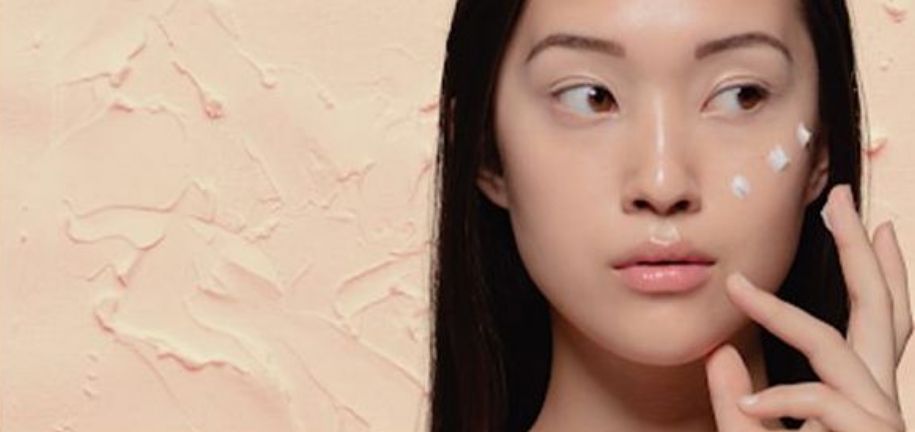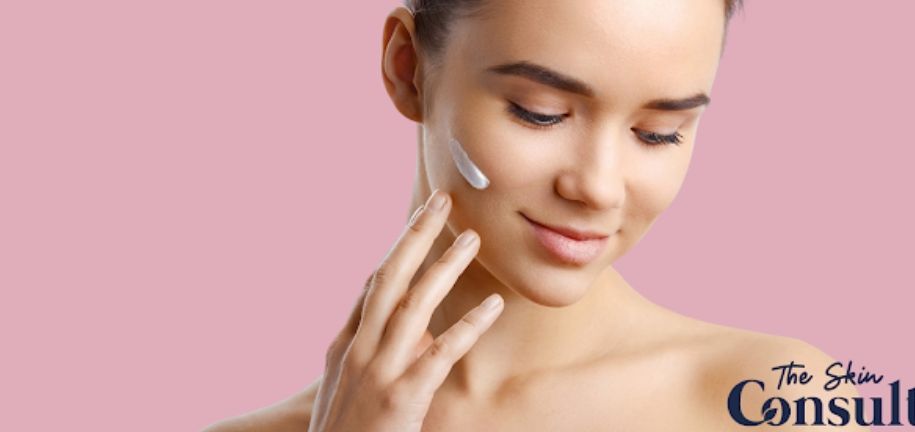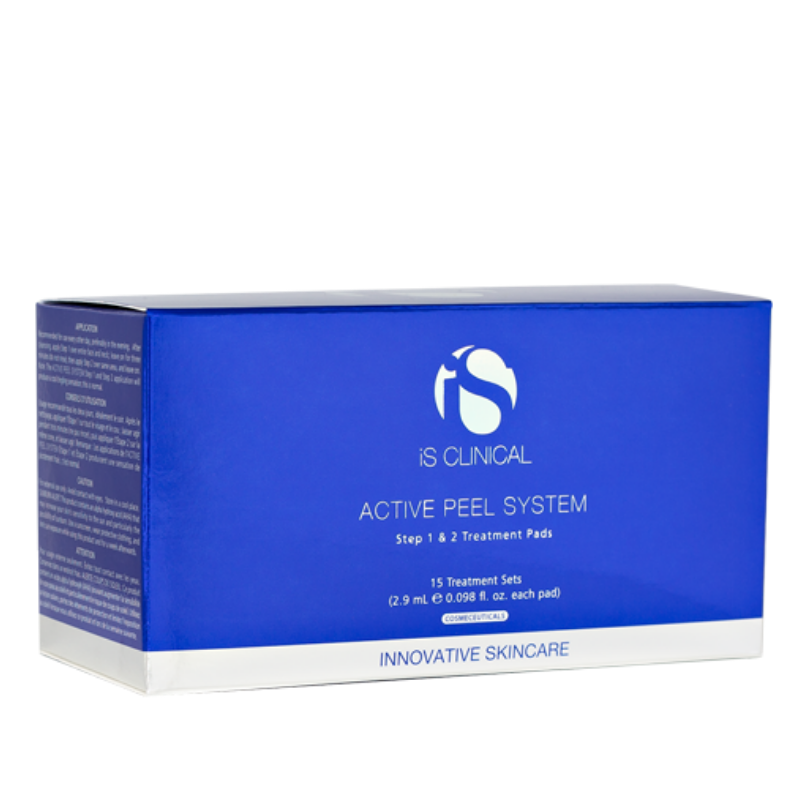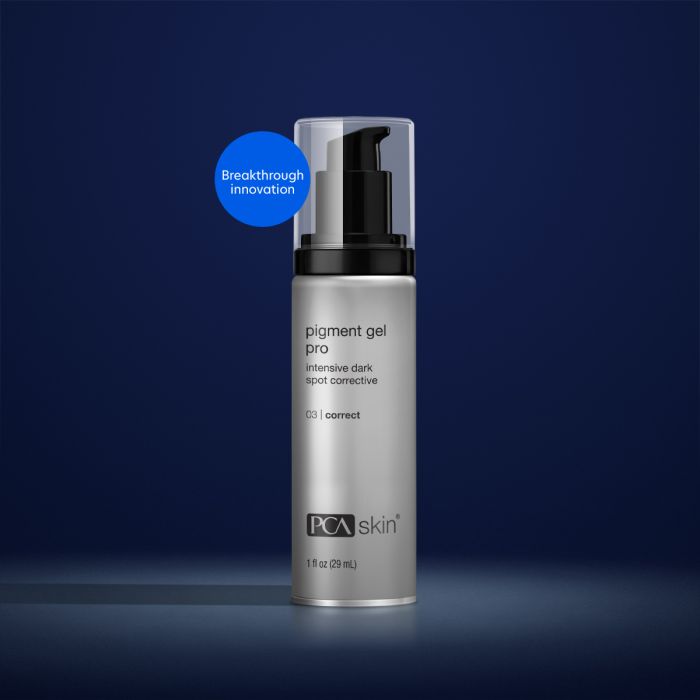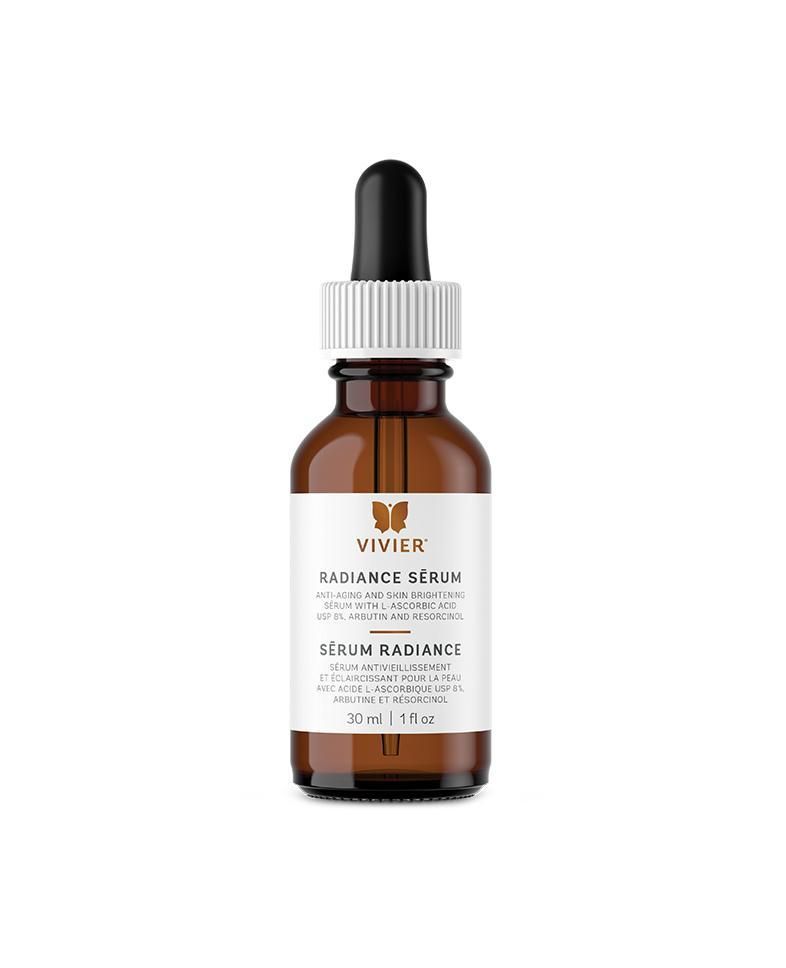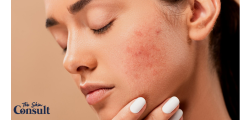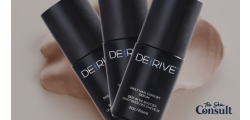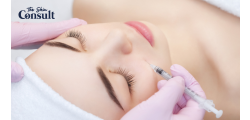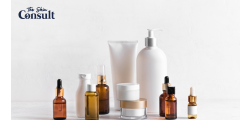We all know that acne can be frustrating, and usually in people of color, we are left with post inflammatory hyperpigmentation. The key to reducing the appearance of these issues is understanding what causes them in the first place. In this blog post, I will go over some common culprits behind acne-related hyperpigmentation and photoaging which can exacerbate these problems so you're armed with knowledge on how to tackle these skin conditions head on!
As a woman of color myself, I struggle with this so I know what you are going through. Its super frustrating to see those dark spots appear even after something as small as a bug bite.
What causes hyperpigmentation?
The most important thing to remember about hyperpigmentation is the root cause. There are many common reasons for this, including sun exposure and hormonal changes during pregnancy which result in melasma. Melanin cells activate when there's an injury like a burn or acne scarring that triggers inflammation . A breakout on our skin is a form of injury so its no surprise we see those dark spots linger around long after the breakout gets resolved. The solution to hyperpigmentation is not always a simple fix. It involves step by step analysis of your skin type, what triggers the pigmentation and how it can be prevented from getting worse. When you approach any skincare with a multi-targeted regimen, the result is always better than individual products.
As a pharmacist, my approach to skincare is ingredient + scientific evidence focused, so these ingredient-based recs are what have personally worked for me and have been proven to actually make a difference based on studies/research. The treatment of postinflammatory hyperpigmentation should be started early to help hasten its resolution and begins with management of the initial inflammatory condition. First-line therapy typically consists of topical depigmenting agents in addition to photoprotection including sunscreen. Topical tyrosinase inhibitors, such as hydroquinone, azelaic acid, kojic acid, arbutin, and certain licorice extracts, can effectively lighten areas of hypermelanosis. Other depigmenting agents include retinoids, mequinol, ascorbic acid, niacinamide, N-acetyl glucosamine, and soy with a number of emerging therapies on the horizon.
Key Takeaways
The right skincare products are the first defense—a good exfoliant , a brightening cream, and a vitamin C serum. Retinoid’s are useful for mild superficial scars and evens out the skin tone with routine use. It helps me with melasma too. Start with 0.5% retinol product, and work your way up after a few weeks or months based on your skin type Azelaic acid works really well for olive skin tones in lightening dark spots. It also comes in combination with lactic acid , hydroquinone often. I like using this short-term to avoid overdoing it. Vitamin C serum helps with evening out the skin tone. This is a daily use ingredient to keep your skin in check and prevent further unevenness. Daily sunscreen is important to prevent PIH from coming back, especially in the summer. Many products work as long as you use them; however, if you stop using them, then the dark spots come back . So, a sunscreen protects and prevents.
Kojic acid works at the cellular level to decrease melanin production. It is also less aggressive than Hydroquinone or Azelaic Acid . Bonus, it’s nursing/pregnancy safe.
Niacinamide also known as vitamin B3 and nicotinic acid, is a very effective skin-restoring ingredient that offers multiple benefits for aging and blemish-prone skin. Among these benefits is the ability to visibly improve the appearance of enlarged pores, uneven skin tone, fine lines, dullness, and a weakened skin surface.
In addition to skincare, a chemical peel every 3 months is recommended . There are many levels of peels from mild to severe. For woman of color, I recommend starting with mild or medium strength depending on how sensitive your skin is. If you go too deep, you risk hyperpigmenting even more.
A consultation with an esthetician help you make your skincare plan to combat hyperpigmentation from at home skincare regimen combined with effective in office procedures.



